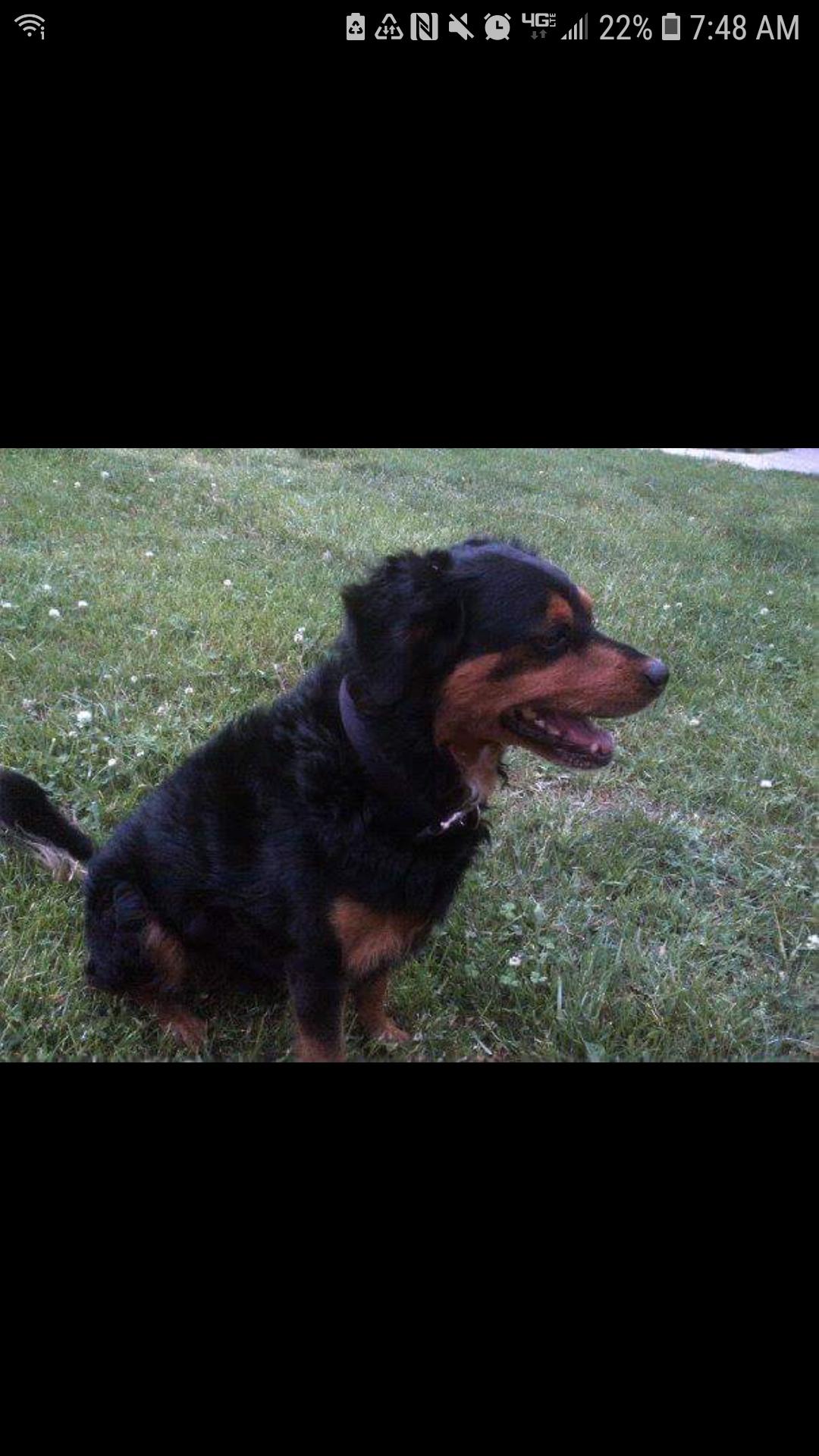Hovawart
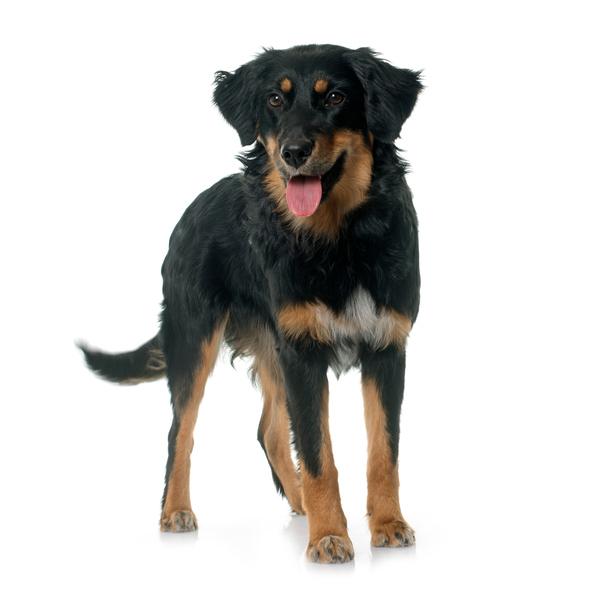
Hovawart dogs are known for being energetic, well-tempered, loyal dogs that are perfect for families with children. These medium-large dogs even get along with other pets and make great watchdogs.
If you're interested in adopting a Hovawart dog, keep reading this AnimalWised breed sheet where we go through the history, care, health and more about these dogs. Helping you have a conscious and responsable adoption.
- Europe
- Germany
- Group II
- 5-14
- 14-18
- 18-22
- 22-27
- 27-31
- More than 31
- 2-7
- 7-22
- 22-55
- 55-100
- 100-220
- 8-10
- 10-12
- 12-14
- 15-20
- Low
- Meidum
- High
Origin
Hovawart dogs originated in Germany. Their name means “farm watcher” in Middle High German. They were first mentioned in the 15th century by Heinrich Mynsinger that described them as one of “The Five Noble Breeds”. Among its uses it mentioned that Hovawart dogs were useful for tracking criminals. Following the medieval period, this breed began to decrease in popularity. Newer breeds such as the German Shepard slowly began to replace their role in society as a guard and working dog. By the beginning of the twentieth century this breed nearly ceased to exist.
In 1915, a group of enthusiasts decided to try and save the Hovawart dog breed. They began searching for these dogs in the farms of the Black Forest region and then breeding. In 1922, the first Hovawart litter was entered into the German Breeding Registry. In 1937, the German Kennel Club officially recognised the Hovawart as a dog breed.
In the second world war, many Hovawart dogs were used as war dogs and so, by 1945, few remained. Nevertheless, Otto Schramm and other fellow enthusiasts formed a new club to save the breed yet again. Nowadays, the Hovawart dog breed is a companion dog. Perfect for families with children and large houses or even farms. They are loyal and hard-working dogs.
Physical appearance
The Hovawart breed consists of powerful, medium-large sized dogs. According to their breed file, Hovawart male dogs measure 25-29 inches at the withers. Females measure 23-26 inches at the withers. Their weight is approximately 66-110 lbs. These dogs are slightly elongated and well-built.
Their head has a nasal bridge that is straight and parallel to their skull. The skin of the head fits tightly. Their nose is black with well developed nostrils. Hovawart dogs have oval and dark to medium brown eyes. Their ears are triangular and drop down the sides of their head. They are set high and wide apart. Their tail is bushy- It will be carried high or hanging down, depending on their mood.
When it comes to their coat, their hair is long and slightly wavy. It's longer on the best, belly, rearside or forelegs, rearside of thighs and tail. Their coat is dense. The accepted colors are black/gold, black and blond.
Character
Hovawart dogs are confident, loyal and calm dogs. These dogs are devoted, reserved, observant and even tempered. This makes them great for families with children, active singles, houses with backyards, rural areas or watch/guard dogs.
These dogs are usually very calm and observant, however, they may bark loudly to warn their companions. This is what makes them excellent guard dogs. They are very loyal and will risk their own life to protect their families.
When adopting a Hovawart dog, the human companion must assume leadership and make sure to socialize these dogs from a young age. It'll also be good to train them through positive reinforcement to understand basic commands. Although they are strong and confident working dogs, they are also extremely affectionate towards their families and love to spend time cuddling with different members of their family.
These dogs also get along well with other dogs and pets as they are not easily provoked into aggression. Proper socialization will also help them keep a balanced temperament as adult dogs.
Care
Caring for your Hovawart is simple. The most time-consuming part of their care is exercising them because these dogs are relatively active. They will need at least an hour's worth of rigorous exercise each day. They make great jogging, running and hiking partners. When not provided with enough exercise, they will release their excess energy and frustration through destructive behaviour in their home. This is why it's important to make sure you have enough time to exercise with these dogs as they demand a lot of exercise.
For their coat, weekly brushing is enough to clean their hair and get rid of dead hairs, leaving their coat shiny and healthy. You may need to bathe them from time to time when they get dirty. For diet, make sure to provide them with a healthy natural canine diet. We must also remind you the importance of taking them for regular check-ups with their veterinarian to prevent and detect any health issues as soon as possible. You must also keep up to date with the vaccination and deworming schedule.
Education
These dogs are not only easy to train, but they genuinely enjoy the cognitive challenge. When training your Hovawart dog, remember to keep the sessions short and train through positive reinforcement. In comparison to other working breeds, Hovawart dogs aren't as eager to please their human companions, so you will need to use positive reinforcement to keep them entertained and interested in the training. By using this type of training you will also ensure that your dog is enjoying the activity and that it's helping create a stronger bond.
One of the most important factors in their education is their socialization when they're puppies. By familiarising them with different people, animals and environments when they're very young, you will help them avoid any irrational fears and maintain a balanced temper as an adult.
Health
Hovawarts are an extremely healthy breed and do not suffer from any hereditary ailments. However, they can occasionally suffer from hip dysplasia, as is common with large breeds of dogs.
Hovawart photos

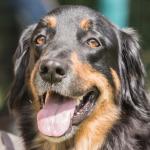

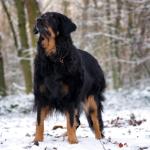
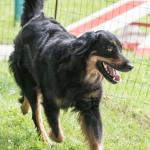
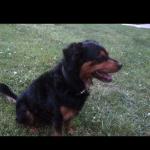

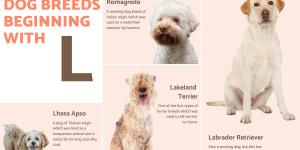
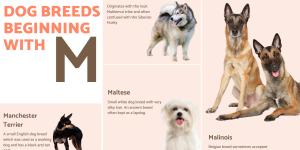



 Dutch Shepherd or Catahoula Cattle dog. Smartest, best, most loyal companion EVER
Dutch Shepherd or Catahoula Cattle dog. Smartest, best, most loyal companion EVER






